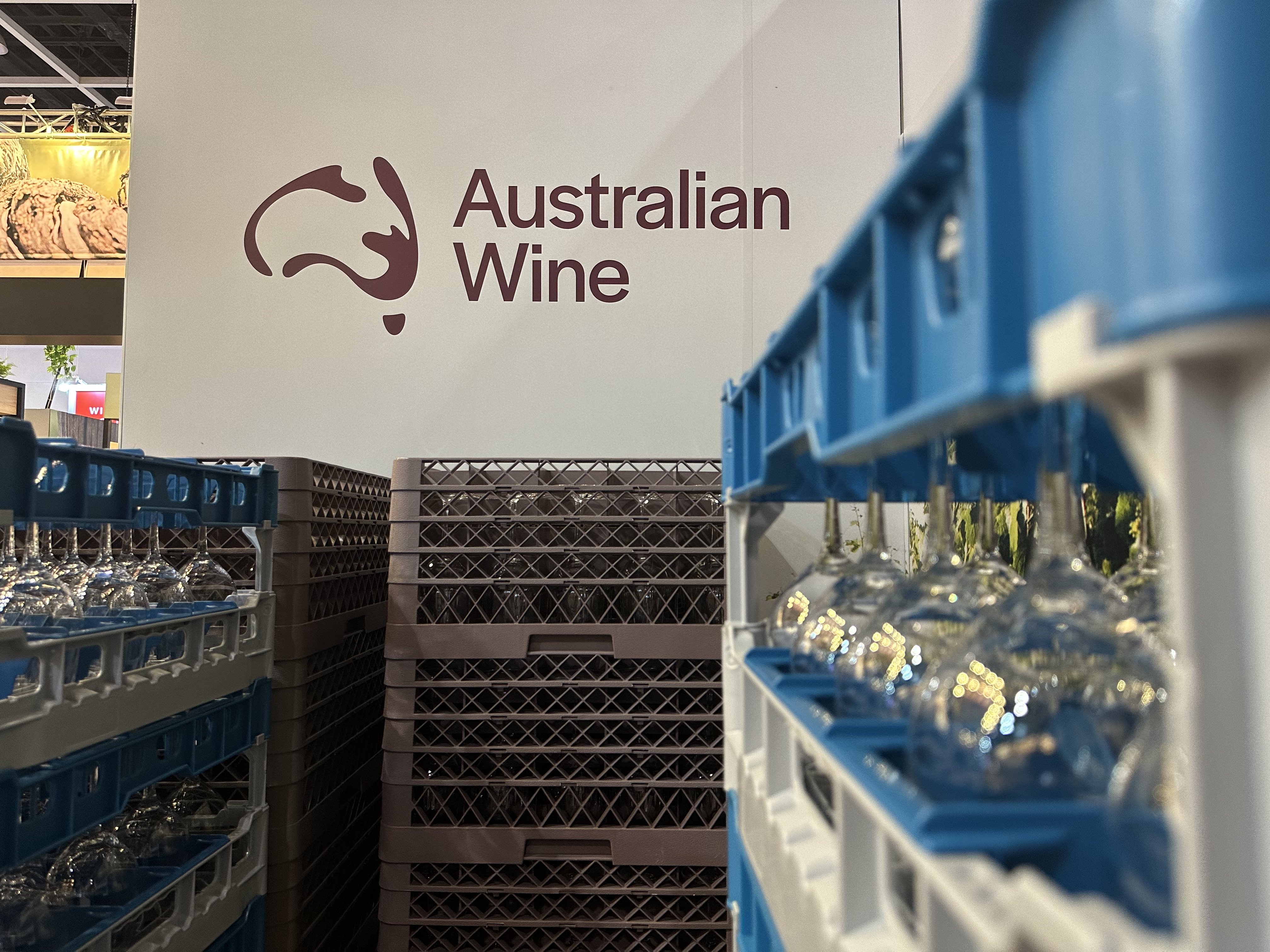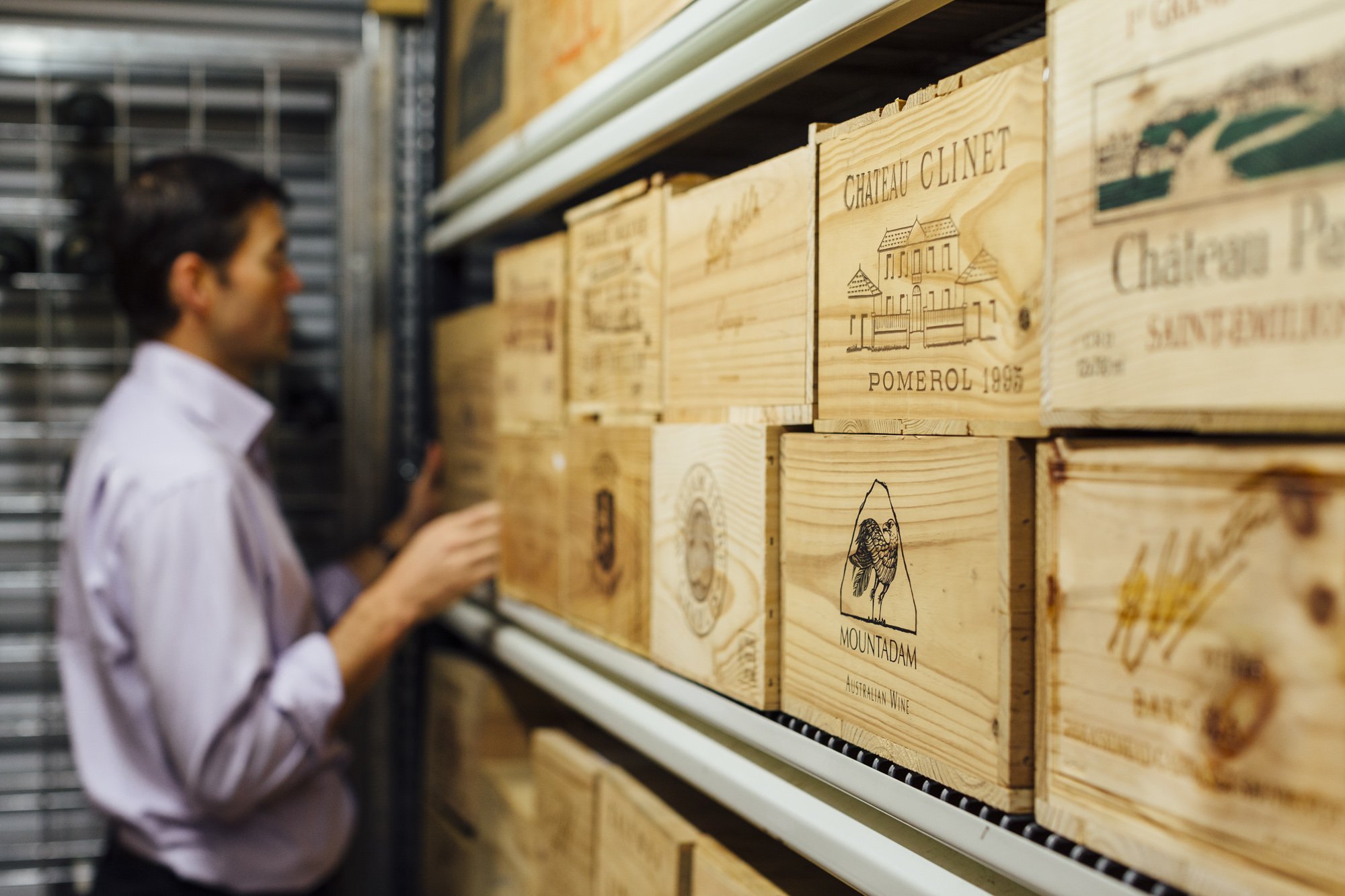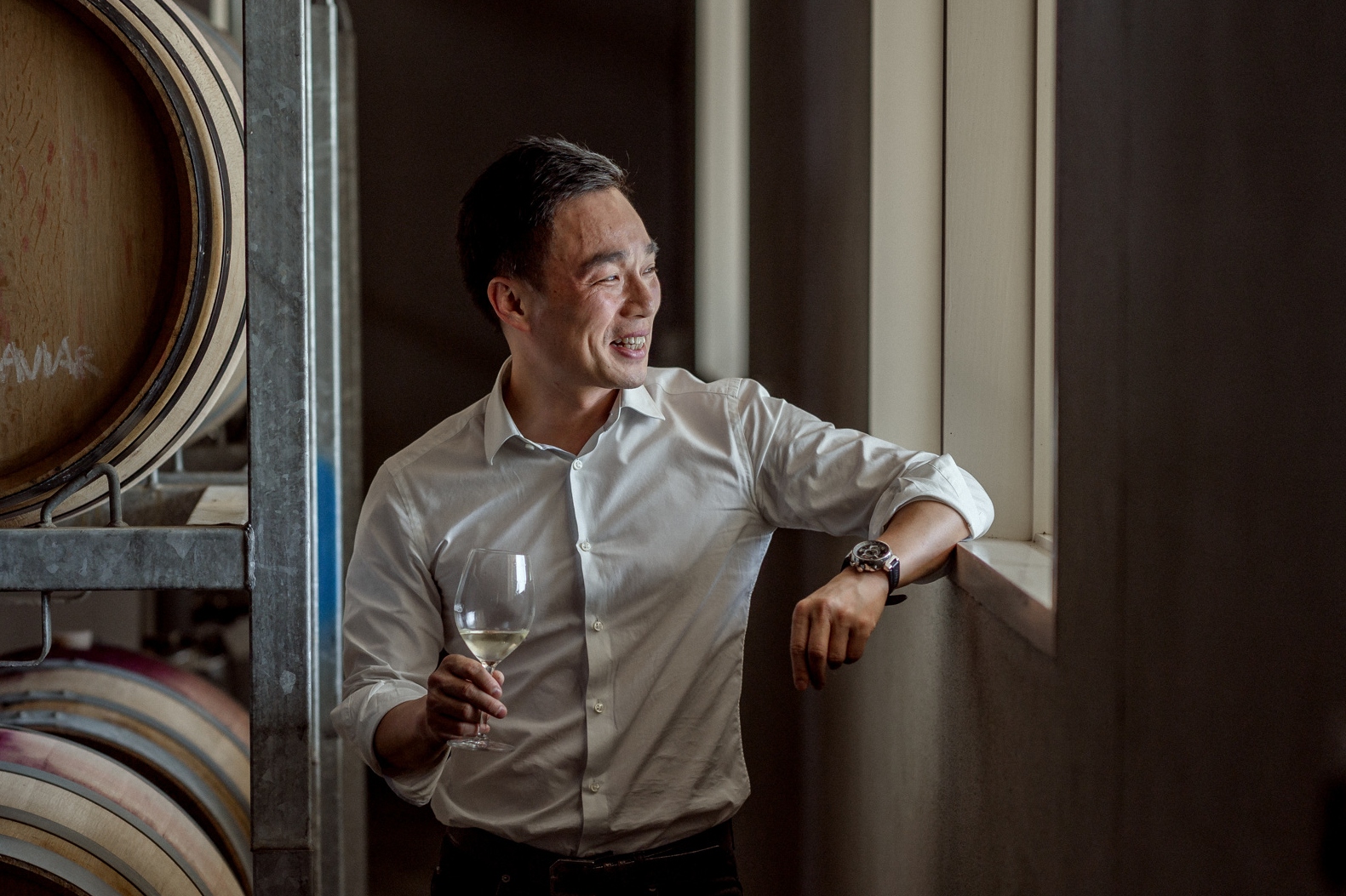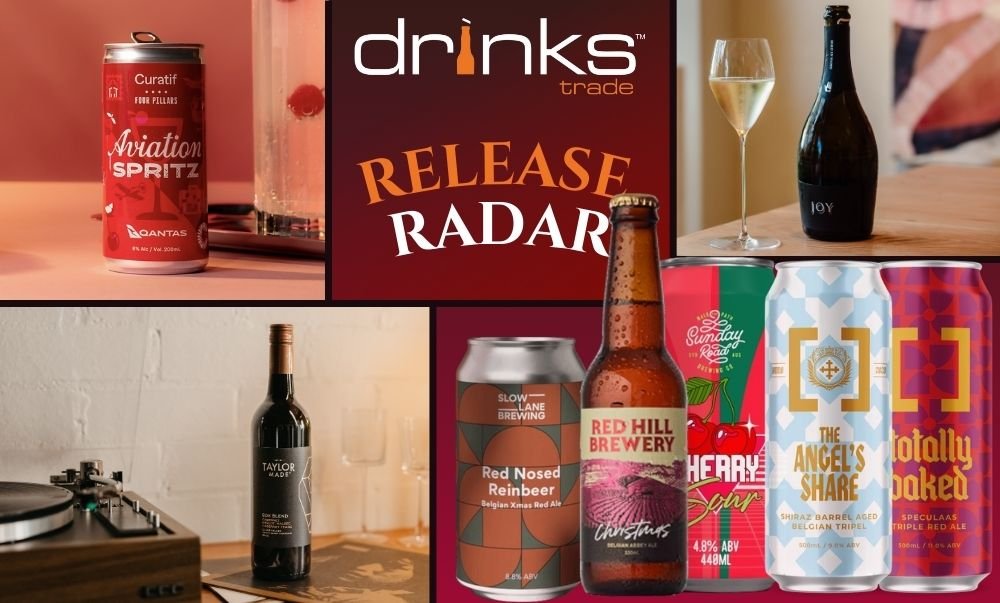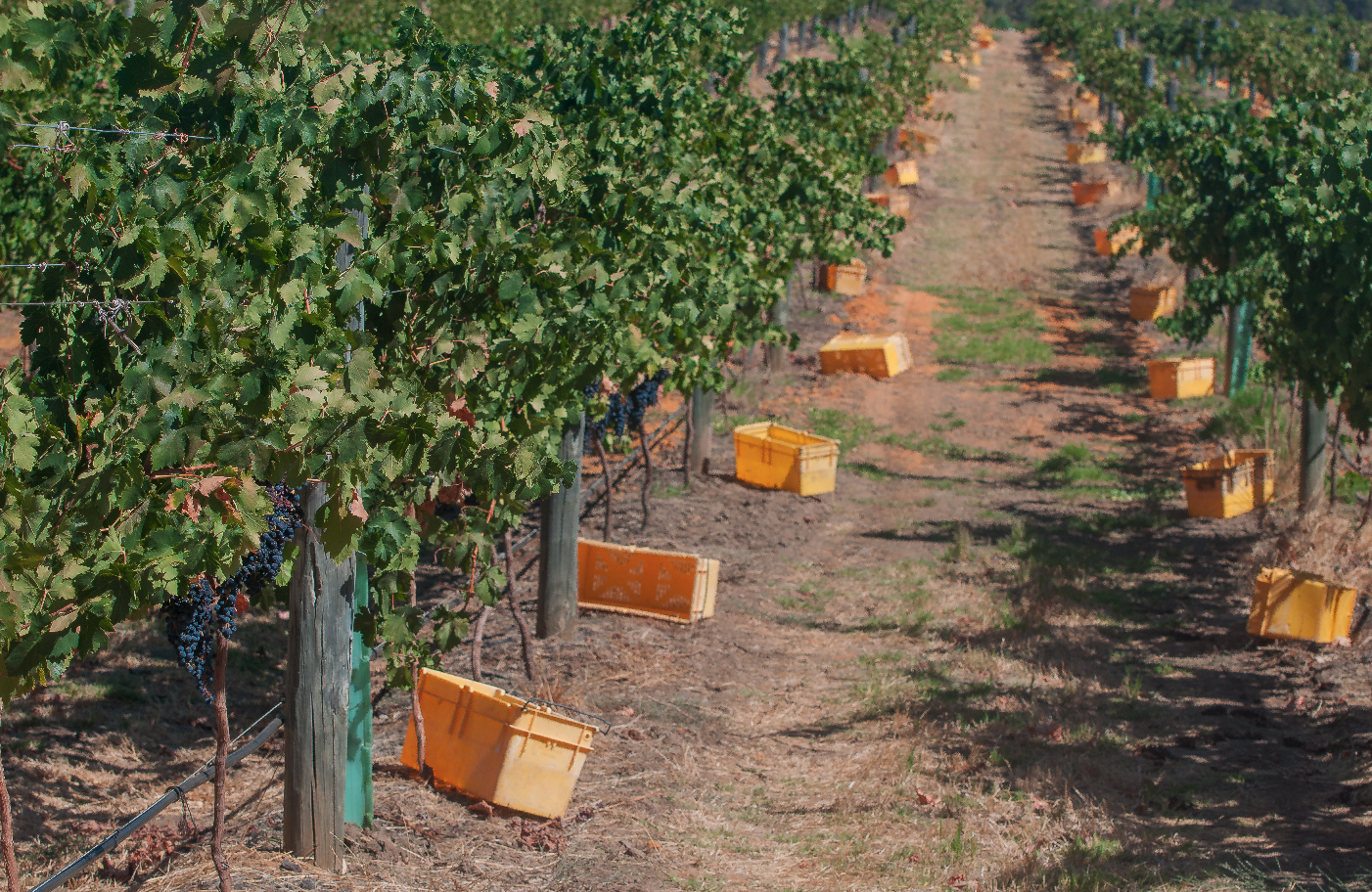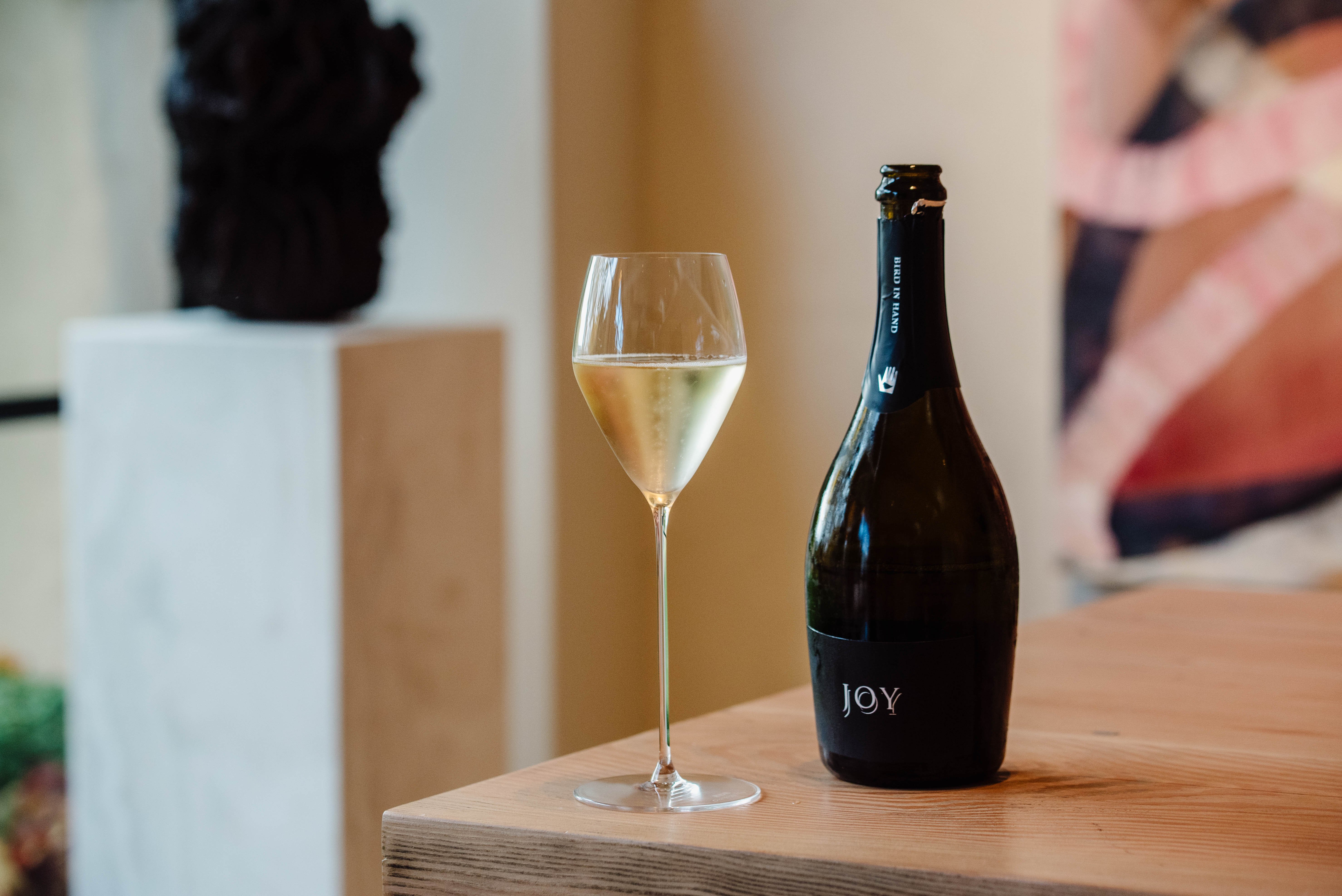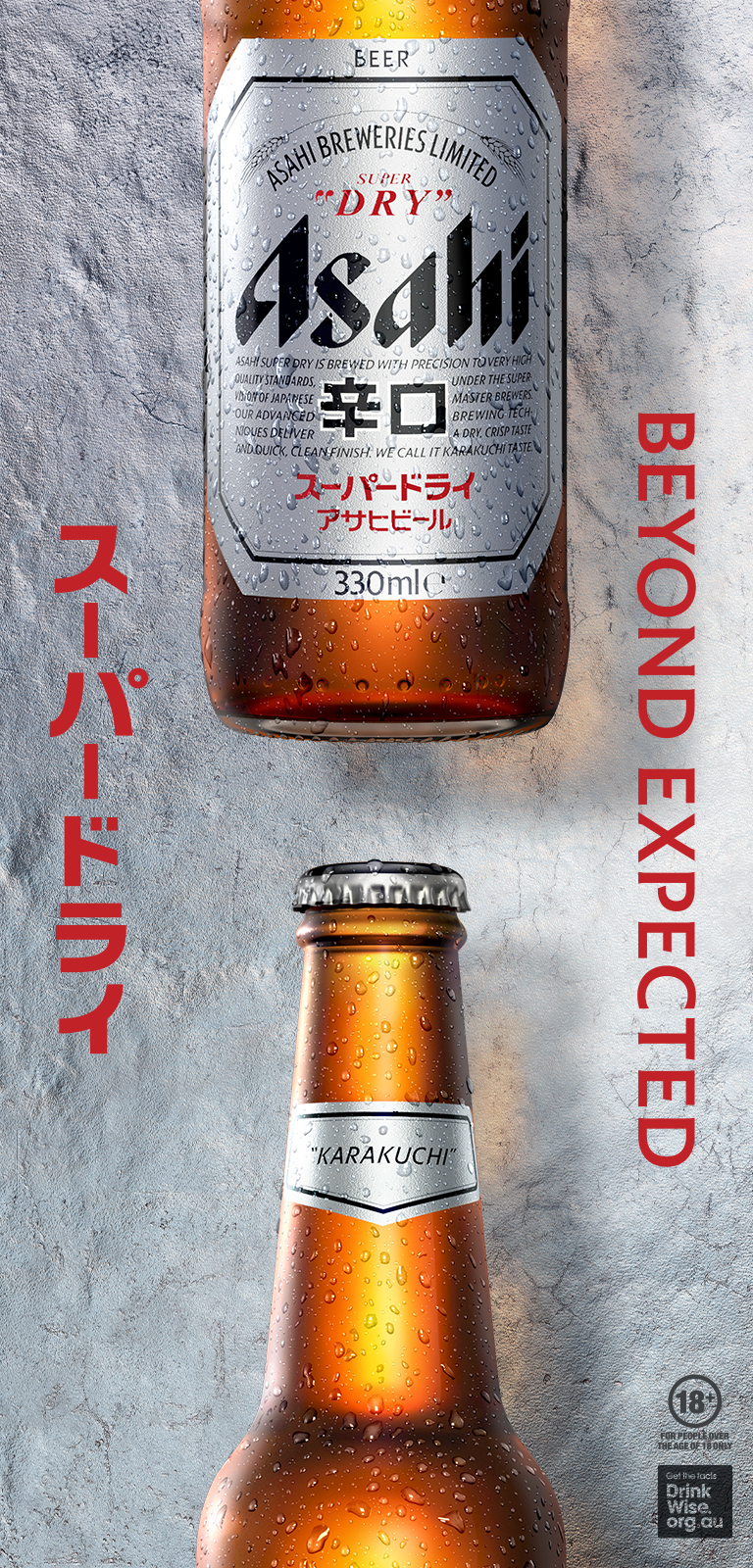Last week, Australia’s Minister for Trade and Tourism Don Farrell revealed that Australia imported $86 million worth of wine into China within the first month after tariffs were lifted. This includes $80 million from South Australia alone.
While this figure is impressive and a cause of celebration for a struggling sector, most industry spokespeople believe that the Chinese market is unlikely to rebound to its 2020 state.
At the recent Vinexpo Asia trade show in Hong Kong, Drinks Trade sat down with a number of Australian producers to gather insight into how the China re-entry had been going. Overall, most were feeling positive about the process of re-entry.
“We have a number of containers on the water and we're very excited about the market opening up again; it's great to rebuild these relationships,” said Jonathan O’Neill, General Manager of Sevenhill.
Mallee Estate's Director and Winemaker Dimitrios Markeas added, “it's been going very well: Australian wine is one of the favourites of the Chinese consumers, so, it's great to be back in the market and be able to show what changes we've made to our viticulture and to our winemaking and the new styles that we're bringing, along with the things that they've been used to in the past.”
Most wine producers Drinks Trade talked with reported a mixture of both reconnecting with old contacts along with establishing new relationships.
Laurence Lau, Regional Director of Asia at Wakefield, the export name of Taylors, said that it was “a bit of both: we're very fortunate, a lot of our trading partners and customers from before the tariff and all that are still really keen to buy wine, so we've just picked up those conversations again and carried them forward, but there's also new people as well that have come onto the scene.”
According to Lau, Taylors/Wakefield had been “overwhelmed by [interest by] Chinese importers, buyers and regional distributors. I would say over 95% [of previous contacts] came to meet us at our booth. Of course, there are also representatives from other markets as well, such as our own distributor. We meet them and it's such a convenient place to meet.
Torbreck’s Export Manager Sacha Timaeus added that Vinexpo Asia had involved “catching up with our existing relationships, but obviously the elephant in the room here is with the Chinese market re-oiling for Australian Wine. What was very different compared to last year in Singapore is the return of a lot of mainland Chinese buyers. So a lot of soms, a lot of distributors/wholesalers coming in who wouldn't have made the journey last year, or maybe not able to, are back.
“We weren't expecting it to be a silver bullet or we weren't expecting the floodgates to open, but it's been really promising actually,” he said.
While many were optimistic about the re-entry into China, most displayed caution as to not allow their hopes to get too high. Angove’s Regional Export Manager Brooke Halkett said he felt “optimistic, but not blindly optimistic, thinking it's going to be easy from here. We've connected with most of our existing distributors in Southeast Asia. I'm seeing a good representation from North Asia as well, and quite a few mainland China visitors.”
When asked about the re-entry specifically Halkett said that it was still “early days with the tariffs only being off for a couple of months now.”
Part of the hesitancy is related to the changes that the market experienced during the years that tariffs were in place. According to Michael Murtagh of Redbank and Buller Wines, it’s still “too early to tell” the extent that the market has changed.
“There's certainly the anecdotal evidence we’re hearing back that the market has changed and it won't be what it was, but yeah, if it was easy everybody would be doing it.”
Despite feeling “reasonably positive” about the reception of Yering Station, Mount Langi, and Xanadu, Rathbone Wine Group's CEO and Winemaker Darren Rathbone noticed it was “slower than I've hoped… [and] just generally feels a bit flatter.
“It feels like, having been out of the market for five years, a lot of other people have come in and taken our space. And there's a lot of talk about the Chinese economy being slower than it was five years ago, so there's a lot to swim against,” he said.
The contraction of the Chinese market was noticed by a number of the Australian exhibitors.
“We had a meeting early today with our Chinese distributor: from their point of view, the market is considerably down in consumption to what it was two/three years ago,” said Graeme Hogan, National Sales Manager at Best's Great Western.
“We realised that it won't be the silver bullet for the Australian wine industry, but we still want to be there.”
Paul McArdle, CEO of the Overstory Wine Group, says that competing for market share isn't too dissimilar to pre-tariff levels.
"It's crowded but it's always been crowded, it's no different than it used to be," he said.
Angove’s Brooke Halkett added, “I think economically things are pretty tough in a lot of countries, so it's having general business reviews with our existing customers, seeing what's working, what's not, and how we can better get behind them and work with them closely to bring things into growth.”
Vasse Felix’s Estate Sommelier Evan Gill concluded that there is “a lot of work to do to get back to where we were starting to get to in 2019 and 2020… I think it'll be baby steps. We don't have a huge team that travels, so we’re very strategic about where we're going and when, and just interested to get back over there and see how much share we've lost in the market, how hard it's going to be to get back in.”
One of the less-spoken about changes in importing Australian wine into China post-tariffs are the new labelling and shipping requirements.
"There's that new GACC requirement that's requiring a code to go on every bottle, which mostly meant putting something on existing inventory, which was a lengthy and pretty costly process," said Matthew Bahen, De Bortoli's General Manager of Sales North Asia.
"Shipping's been a bit of an issue for the past few years. So just, yeah, that continues. But other than that... the customers just jumped straight back in and ordered just before the announcement with wine. The first shipment just arrived last week. We've got more boats on the water."
Only one wine producer Drinks Trade spoke to, Singlefile Wines, wasn’t focused on its re-entry into China.
“We were in the Chinese market pre Covid. Not so sure we want to go back to that market… It seems to be moving more and more down market into the sort of commercial space and we just can't compete in the market,” said Co-Founder and Managing Director Patrick Corbett.
“We want to focus on premium. Our sort of perfect partner is a small importer that focuses on the fine dining restaurants in their market and we can supply a few pallets to that market each year.
“We're focused more on Southeast Asia, the more affluent or up and coming markets in Southeast Asia… [This includes] Singapore, Hong Kong, Philippines, Thailand and Malaysia.”
//
Vinexpo Asia: Experts on China’s wine market give advice to Australian producers
Marketing to China: ways buying habits have changed since onset of tariffs
How have tariffs changed China’s wine industry and what does this mean for Aus?
Share the content
